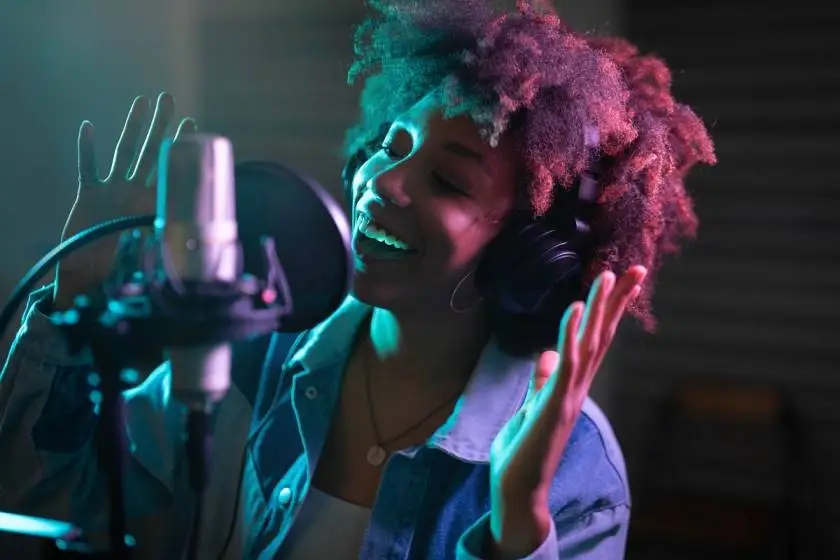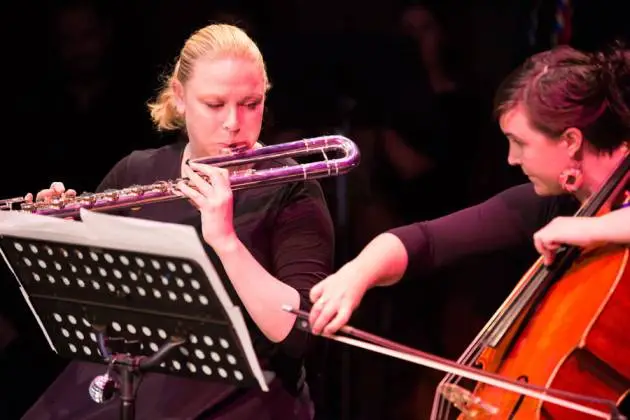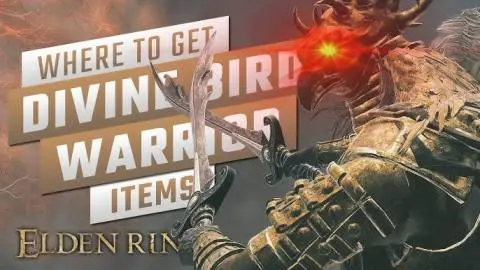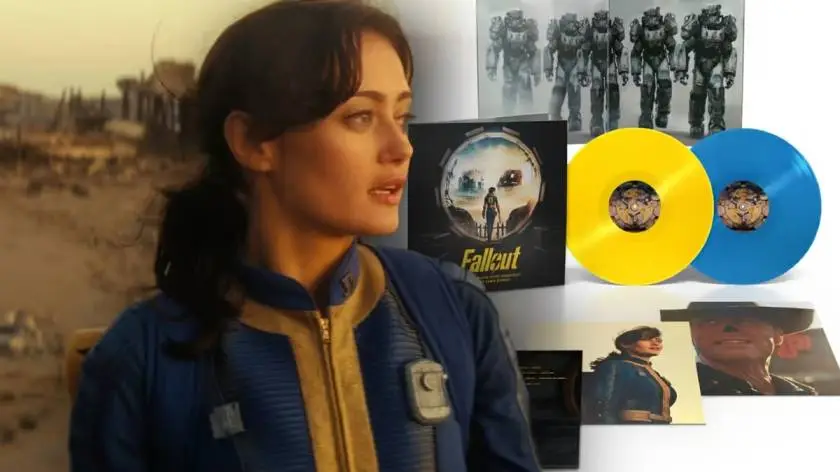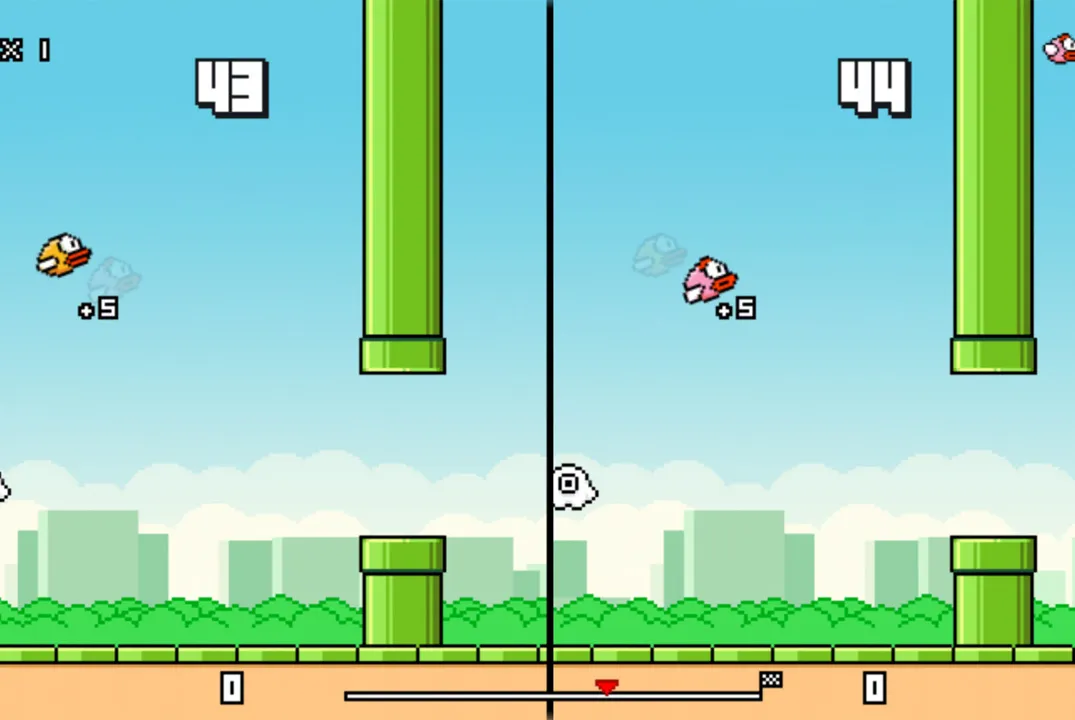We are tightly single-minded to pursuing research that’s responsible and polity engaged in all areas, including strained intelligence (AI). We unzip this through transparency, external validation, and supporting wonk institutions through collaboration and sponsorship. This tideway allows us to slide achieving the greatest advances in our three focus areas: generative AI, data part-way scaling, and online safety. Today, we’re sharing insights and results from two of our generative AI research projects. ControlNet is an open-source neural network that adds provisionary tenancy to image generation models for increasingly precise image outputs. StarCoder is a state-of-the-art open-source large language model (LLM) for lawmaking generation.
Both projects are wonk and industry collaborations. Both are moreover focused on radically increasingly powerful tools for our creators: 3D artists and programmers. Most importantly and aligned with our mission of investing in the long view through transformative research, these projects walkout indications of advances in fundamental scientific understanding and tenancy of AI for many applications. We believe this work may have a significant impact on the future of Roblox and the field as a whole and are proud to share it openly.
ControlNet
Recent AI breakthroughs — specifically data-driven machine learning (ML) methods using deep neural networks — have driven new advances in megacosm tools. These advances include our Code Assist and Material Generator features that are publicly misogynist in our self-ruling tool, Roblox Studio. Modern generative AI systems contain data structures tabbed models that are refined through billions of training operations. The most powerful models today are multimodal, meaning they are trained on a mixture of media such as text, images, and audio. This allows them to find the worldwide underlying meanings wideness media rather than overfitting to specific elements of a data set, such as verisimilitude palettes or spelling.
These new AI systems have significant expressive power, but that power is directed largely through “prompt engineering.” Doing so ways simply waffly the input text, similar to refining a search engine query if it didn’t return what you expected. While this may be an engaging way to play with a new technology such as an undirected chatbot, it is not an efficient or constructive way to create content. Creators instead need power tools that they can leverage powerfully through zippy tenancy rather than guesswork.
The ControlNet project is a step toward solving some of these challenges. It offers an efficient way to harness the power of large pre-trained AI models such as Stable Diffusion, without relying on prompt engineering. ControlNet increases tenancy by permitting the versifier to provide spare input conditions vastitude just text prompts. Roblox researcher and Stanford University professor Maneesh Agrawala and Stanford researcher Lvmin Zhang frame the goals for our joint ControlNet project as:
- Develop a largest user interface for generative AI tools. Move vastitude obscure prompt manipulation and build virtually increasingly natural ways of communicating an idea or creative concept.
- Provide increasingly precise spatial control, to go vastitude making “an image like” or “an image in the style of…” to enable realizing exactly the image that the creator has in their mind.
- Transform generative AI training to a increasingly compute-efficient process that executes increasingly quickly, requires less memory, and consumes less electrical energy.
- Extend image generative AI into a reusable towers block. It then can be integrated with standardized image processing and 3D rendering pipelines.
By permitting creators to provide an spare image for spatial control, ControlNet grants greater tenancy over the final generated image. For example, a prompt of “male deer with antlers” on an existing text-to-image generator produced a wide variety of images, as shown below:
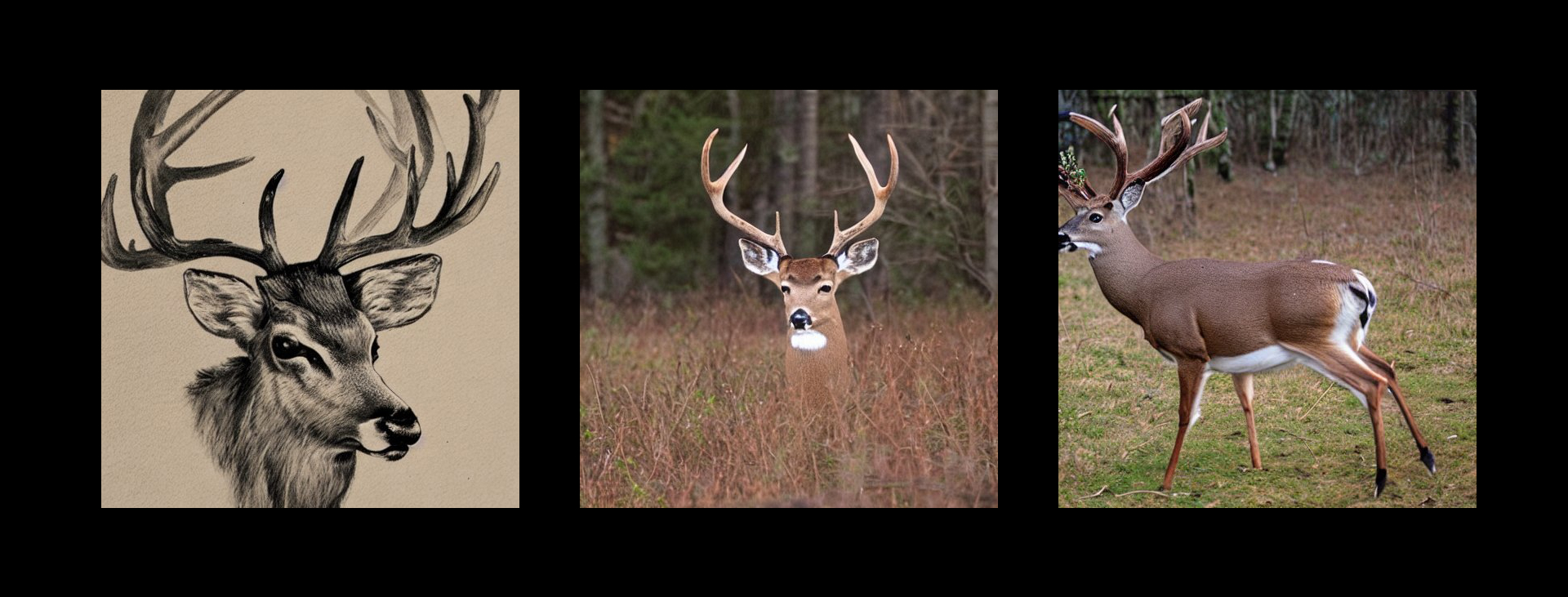
These images generated with previous AI solutions are attractive, but unfortunately substantially wrong-headed results—there is no control. There is no way on those previous image generating systems to steer the output, except for revising the text prompt.
With ControlNet, the creator now has much increasingly power. One way of using ControlNet is to provide both a prompt and a source image to determine the unstipulated shape to follow. In this case, the resulting images would still offer variety but, crucially, retains the specified shape:
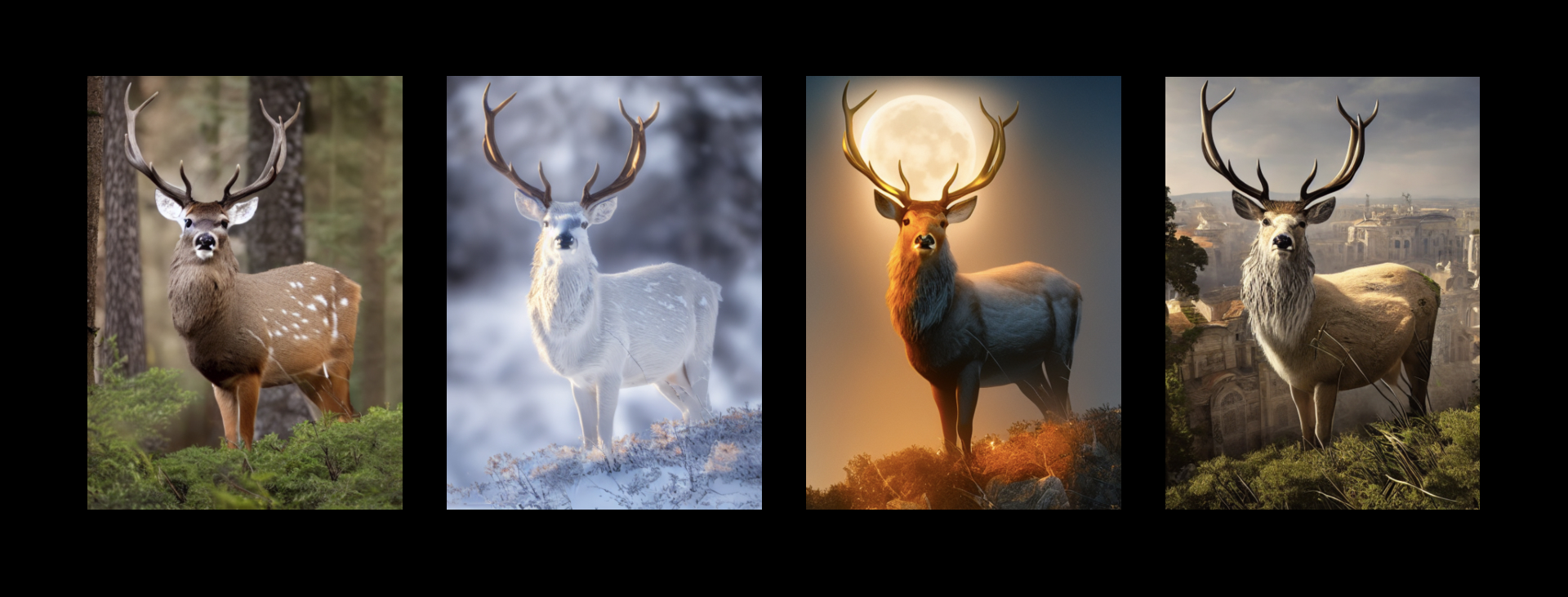
The creator could moreover have specified a set of edges, an image with no prompt at all, or many other ways of providing expressive input to the system.
To create a ControlNet, we clone the weights within a large wastage model’s network into two versions. One is the trainable network (this provides the control; it is “the ControlNet”) and the other is the locked network. The locked network preserves the sufficiency learned from billions of images and could be any previous image generator. We then train the trainable network on task-specific data sets to learn the provisionary tenancy from the spare image. The trainable and locked copies are unfluctuating with a unique type of convolution layer we undeniability zero convolution, where the convolution weights progressively grow from zeros to optimized parameters in a learned manner, meaning that they initially have no influence and the system derives the optimal level of tenancy to exert on the locked network.
Since the original weights are preserved via the locked network, the model works well with training data sets of various sizes. And the zero convolution layer makes the process much faster — closer to fine-tuning a wastage model than training new layers from scratch.
We’ve performed wide-stretching validation of this technique for image generation. ControlNet doesn’t just modernize the quality of the output image. It moreover makes training a network for a specific task increasingly efficient and thus practical to deploy at scale for our millions of creators. In experiments, ControlNet provides up to a 10x efficiency proceeds compared to volitional scenarios that require a model to be fully re-trained. This efficiency is critical, as the process of creating new models is time consuming and resource-intensive relative to traditional software development. Making training increasingly efficient conserves electricity, reduces costs, and increases the rate at which new functionality can be added.
ControlNet’s unique structure ways it works well with training data sets of various sizes and on many variegated types of media. ControlNet has been shown to work with many variegated types of tenancy modalities including photos, hand-drawn scribbles, and openpose pose detection. We believe that ControlNet can be unromantic to many variegated types of media for generative AI content. This research is unshut and publicly available for the polity to experiment with and build upon, and we’ll protract presenting increasingly information as we make increasingly discoveries with it.
StarCoder
Generative AI can be unromantic to produce images, audio, text, program source code, or any other form of rich media. Wideness variegated media, however, the applications with the greatest successes tend to be those for which the output is judged subjectively. For example, an image succeeds when it appeals to a human viewer. Certain errors in the image, such as strange features on the edges or plane an uneaten finger on a hand, may not be noticed if the overall image is compelling. Likewise, a poem or short story may have grammatical errors or some logical leaps, but if the gist is compelling, we tend to forgive these.
Another way of considering subjective criteria is that the result space is continuous. One result may be largest than another, but there’s no specific threshold at which the result is completely winning or unacceptable. For other domains and forms of media the output is judged objectively. For example, the source lawmaking produced by a generative AI programming teammate is either correct or not. If the lawmaking cannot pass a test, it fails, plane if it is similar to the lawmaking for a valid solution. This is a discrete result space. It is harder to succeed in a discrete space both considering the criteria are increasingly strict and considering one cannot progressively tideway a good solution—the lawmaking is wrenched right up until it suddenly works.
LLMs used for text output work well for subjective, continuous applications such as chatbots. They moreover seem to work well for prose generation in many human languages, such as English and French. However, existing LLMs don’t seem to work as well for programming languages as they do for those human languages. Lawmaking is a form of mathematics that is a very different, objective way of expressing meaning than natural language. It is a discrete result space instead of a continuous result space. To unzip the highest quality of programming language lawmaking generation for Roblox creators, we need methods of applying LLMs that can work well in this discrete, objective space. We moreover need robust methods for expressing lawmaking functionality self-sustaining of a particular language syntax, such as Lua, JavaScript, or Python.
StarCoder, a new state-of-the-art open-source LLM for lawmaking generation, is a major whop to this technical rencontre and a truly unshut LLM for everyone. StarCoder is one result of the BigCode research consortium, which involves increasingly than 600 members wideness wonk and industry research labs. Roblox researcher and Northeastern University professor Arjun Guha helped lead this team to develop StarCoder. These first published results focus exclusively on the lawmaking aspect, which is the zone in which the field most needs new growth given the relative success of subjective methods.
To unhook generative AI through LLMs that support the larger AI ecosystem and the Roblox community, we need models that have been trained exclusively on thus licensed and responsibly gathered data sets. These should moreover withstand unrestrictive licenses so that anyone can use them, build on them, and contribute when to the ecosystem. Today, the most powerful LLMs are proprietary, or licensed for limited forms of commercial use, which prohibits or limits researchers’ worthiness to experiment with the model itself. In contrast, StarCoder is a truly unshut model, created through a coalition of industry and wonk researchers and licensed without restriction for commercial using at any scale. StarCoder is trained exclusively on responsibly gathered, thus licensed content. The model was initially trained on public lawmaking and an opt-out process is misogynist for those who prefer not to have their lawmaking used for training.
Today, StarCoder works on 86 variegated programming languages, including Python, C , and Java. As of the paper’s publication, it was outperforming every unshut lawmaking LLM that supports multiple languages and was plane competitive with many of the closed, proprietary models.
The StarCoder LLM is a contribution to the ecosystem, but our research goal goes much deeper. The greatest impact of this research is up-and-coming semantic modeling of both objective and subjective multimodal models, including code, text, images, speech, video, and to increase training efficiency through domain-transfer techniques. We moreover expect to proceeds deep insights into the maintainability and controllability of generative AI for objective tasks such as source lawmaking generation. There is a big difference between an intriguing sit-in of emerging technology and a secure, reliable, and efficient product that brings value to its user community. For our ML models, we optimize performance for memory footprint, power conservation, and execution time. We’ve moreover ripened a robust infrastructure, surrounded the AI cadre with software to connect it to the rest of the system, and ripened a seamless system for frequent updates as new features are added.
Bringing Roblox’s scientists and engineers together with some of the sharpest minds in the scientific polity is a key component in our pursuit of transilience technology. We are proud to share these early results and invite the research polity to engage with us and build on these advances.


